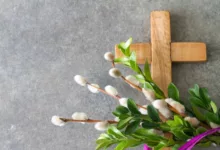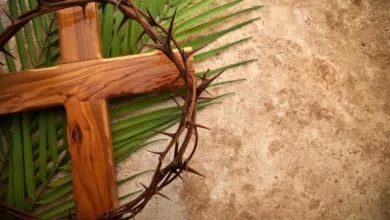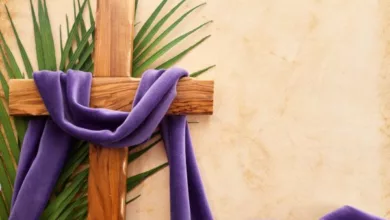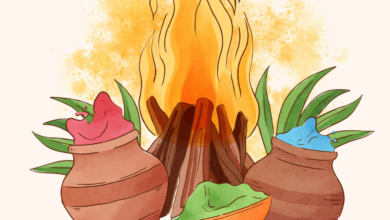Artist Without Formal Education: Paul Gauguin
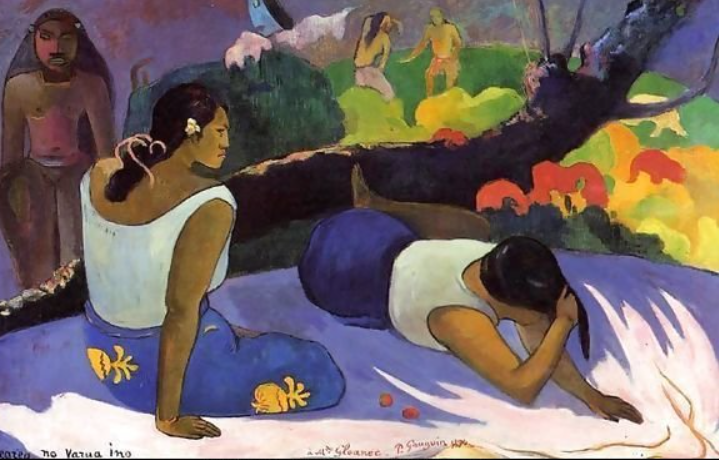
Without a doubt, formal education helps transform individuals into professionals across various fields. In the art sector, formal training takes passion and raw talent, then refines it into the flawless craftsmanship of artistic mastery. Artists who undergo training under a mentor or in a traditional education setting are exposed to certain beneficial factors for cultivating their creative talents.
However, the absence of a degree doesn’t equal talent scarcity. Some outstanding artists did not receive formal training, including masters like Frida Kahlo, Jean-Michel Basquiat, and Keith Haring, to mention a few. These artists are referred to as Self-taught artists, and their art is often called “outsider art.”
Another famous example of a self-taught artist is the French painter Paul Gauguin. Gauguin underwent no formal art training and only leisurely picked up painting as a hobby. This, however, did not impede his prowess as an artist. In this article, we explore the life of Paul Gauguin and his self-taught art.
Background of Paul Gaugin
During the revolutionary upheavals that seized Europe in the mid-1800s, Eugène Henri Paul Gauguin was born in Paris to Clovis Gauguin and Aline Chazal on June 7, 1848. He was the couple’s second child, following a daughter named Marie. The senior Gauguin was a liberal journalist from Orléans, while his wife, Aline, was half Peruvian and the daughter of writer and Socialist activist Flora Tristan.
Owing to the hostile political situation at the time, particularly the threat to Clovis’s life, the family was forced to flee France for Peru. Clovis had hoped to further his journalistic career in Peru, but he died en route, leaving behind his wife and two children; Paul was 18 months old. On arriving in Peru, Aline’s paternal granduncle housed his widowed niece and her two children.
The family enjoyed privileged treatment in Peru because their relative, José Rufino Echenique, became the Peruvian President. However, The Peruvian Civil war of 1854 ousted Echenique’s administration from political office, and once again, the Gauguin family had to leave the country. Paul was seven years old when they returned to France and moved in with the children’s paternal grandfather in Orléans.
Also Read: Benefits of Buying a Refurbished MacBook
Gauguin learned to speak French, and he excelled in his studies at the local schools he attended after they relocated to France. In fulfilling the required military service, Gauguin registered as a pilot’s assistant in the merchant marine when he turned 17 and later enrolled with the navy at 20. On returning to Paris in 1871, he secured a job as a stockbroker and later married Mette-Sophie Gad, with whom he had five children.
An Escalating Career
Gauguin neither trained under a mentor nor did he attend any art school. Instead, his journey as an artist began with a hobby. It is unknown when he developed a passion for art, but Gauguin spent many afternoons painting for leisure. A contributory element were the Impressionist artists who frequented cafés near his Rue la Bruyère home.
Additionally, Gauguin’s interest in art led him to visit several art galleries in Paris. He subsequently began acquiring various artwork and could boast of a moderately impressive collection. Along the line, he befriended Impressionist artist Camille Pissarro and met various other artists through him.
Gauguin continued to develop his art, and from 1881, he began displaying his paintings at Impressionist exhibitions. Following the 1882 stock market plummet, Gauguin lost his stockbroker job and decided to become a full-time artist. As a result, most of Paul Gauguin famous paintings went unappreciated until art dealer, Ambroise Vollard, organized posthumous exhibitions in his honor.
Around 1888, his work caught the attention of Vincent van Gogh, who was a young and promising artist such as painter Paul Gauguin. At Gogh’s invitation in 1888, Gauguin moved South of France. Both men worked together for several weeks, producing an impressive number of artworks, including Gauguin’s now-famous Night Café at Arles.
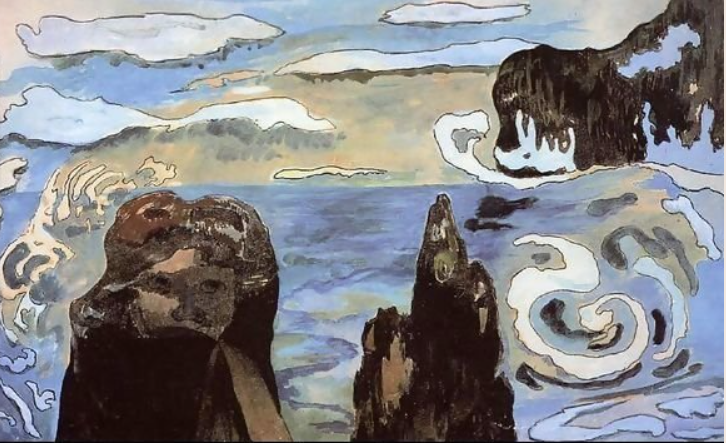
Later Years and Move to Tahiti
In the late 1880s, several artists in Europe had become jaded with traditional European art and were fascinated by art from foreign cultures, mainly in Asia and Africa. Gauguin was one such artist who had become disappointed with European art, particularly Impressionism. As a result, he sought some form of escape in his travels to primitive regions; according to him, it was an escape from the “artificial” and “conventional” European civilization.
In 1891, Gauguin visited his wife and children, whom he had relocated to Copenhagen. He promised to return as a wealthy man and give them a fresh start. But instead, he set sail for Tahiti shortly after, and as it turned out, it was the last time they would get to see him. He remained in French Polynesia for the rest of his life, only returning to France once. The self-imposed exile was motivated by his new distaste for European culture and a strong desire to paint something different.
Most of his celebrated works date back to this period. He primarily produced traditional portraits of Tahitian locals, impressive for their detailed portrayal of Polynesian features. These include Woman with a Flower (1891), Tahitian Women on the Beach (1891), and Two Tahitian Women (1899). Also seeking an otherworldly sense of tranquility and spiritual detachment, he dabbled in quasi-religious themes, as seen in Manao Tupapau (The Spirit of the Dead Keeps Watch) and masterpiece Where Do We Come. From? What Are We? Where Are We Going?
Gauguin eventually settled in the Marquesas Islands, where he built a two-story house named Maison du Jouir (House of Pleasure). He hosted many guests with whom he would party on many nights. Gauguin also suffered complications from an STD and drug abuse. His health deteriorated, and he died in May 1903 at 54.
Also Read: 5 Advantages of Massage Chairs for Mom’s Health
Conclusion
Despite his lack of formal training, Paul Gauguin enjoyed a successful career. He generously compensated for what he lacked in legal education with his artistic excellence. Today, he is remembered for innovating multiple art techniques and charting his course in art history.

